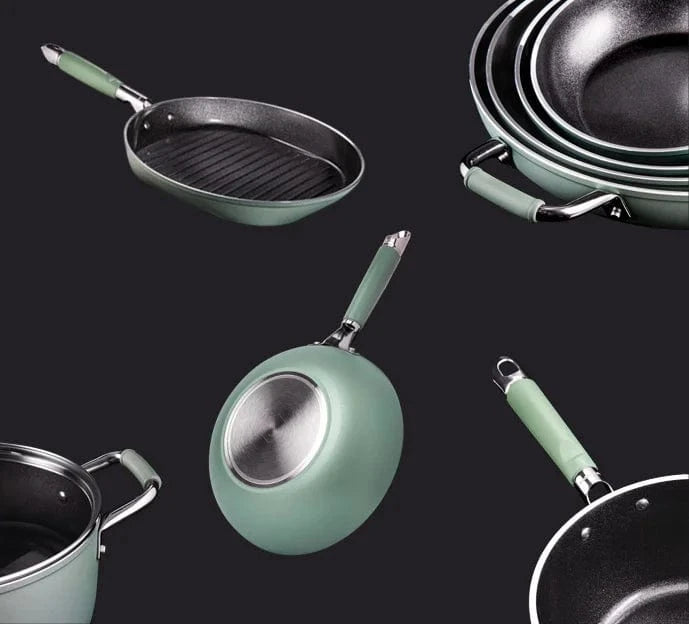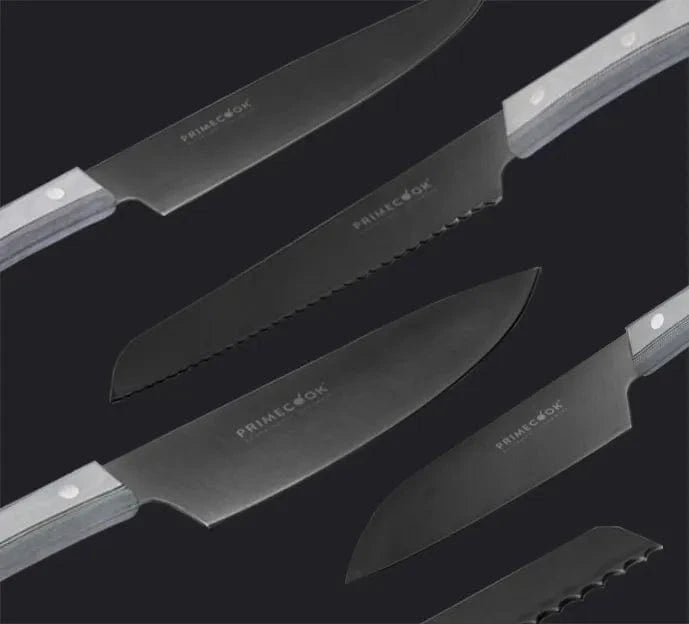
Sushi and sashimi: what are the differences?
"Sushi" and "sashimi" are terms that immediately evoke for each of us the Japanese culinary art. It's a food culture to which we have become very accustomed in recent years - if not attached to it to the point that we've become addicted! - thanks to the proliferation of specialized restaurants that offer both à la carte and "all you can eat" menus.
However, "sushi" and "sashimi" are often used incorrectly and interchangeably, while in actual fact the terms refer to very different dishes. Here's everything you need to know about these two dishes!

Differences between sushi and sashimi: let's talk about sushi
Sushi is a category of dishes - a bit like pasta for Italians - that can be prepared in different ways, but whose common denominator is a main ingredient: rice.
The ideal variety of rice to ensure excellent sushi is the so-called "Kome", a Japanese variety of short-grain rice with a glutinous consistency that remains compact when cooked. Seasoned with rice vinegar, salt, and sugar, the rice is then combined with different types of fish - from salmon to tuna, sea bass to octopus - or vegetarian raw ingredients, such as avocado, carrots, cucumbers and even mango and bananas.
Among the sub-categories of sushi, or different combinations of rice and ingredients, we can include:
- Uramaki
- Temaki
- Nigiri
- Onigiri
- Hosomaki
Depending on the method of preparation, each of them can involve the use of raw or cooked fish: how can you resist the taste of sushi with shrimp in tempura, or with avocado and grilled salmon?

The specific qualities of sashimi
The main differences between sushi and sashimi lie in the fact that the latter involves the exclusive use of raw and fresh fish and mollusks cut into thin slices and does not involve the use of rice.
Great importance in sashimi is given to its presentation: the slices are usually placed on a vegetable garnish, and are accompanied by soy sauce and wasabi, which contribute to obtaining the characteristic flavor.
There is also an unwritten rule: while sushi can also be eaten with your hands, sashimi must be enjoyed exclusively with chopsticks, and in one bite!
How to prepare sashimi at home
Preparing sashimi at home is simple and quick, as long as you get the right tools and ingredients and stick to the traditional Japanese way of cutting fish.
First of all, it is essential to have freshly-slaughtered fish of excellent quality, which is necessary to avoid health risks. As for the creation of thin slices that are all of the same thickness, the fish must be cut perpendicular to the fibers with clear and precise movements. In this regard, our professional Yanagiba knife can help you, as it is ideal for slicing raw fish and making an elegant dish that lives up to those of the best Japanese restaurants!

So, what kind of sashimi are you? Share your best dishes with our community on Facebook and Instagram!




